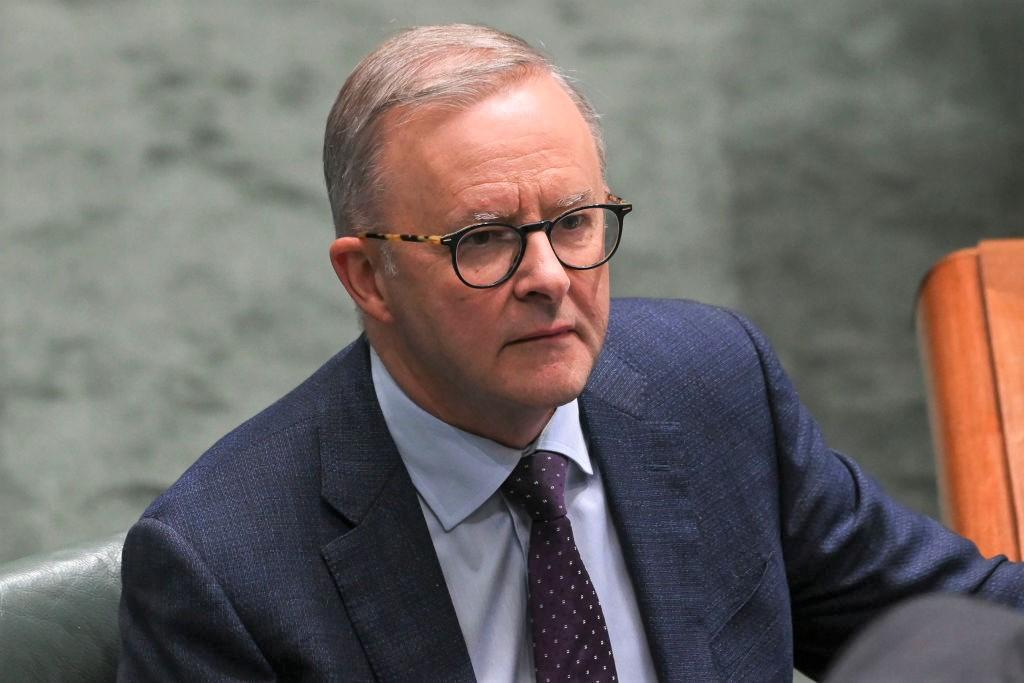Commentary
Australia’s 2022 federal election campaign has formally started. But if the truth be known, the Australian Labor Party (ALP) has been running its election campaign for many, many months.

Australia’s 2022 federal election campaign has formally started. But if the truth be known, the Australian Labor Party (ALP) has been running its election campaign for many, many months.